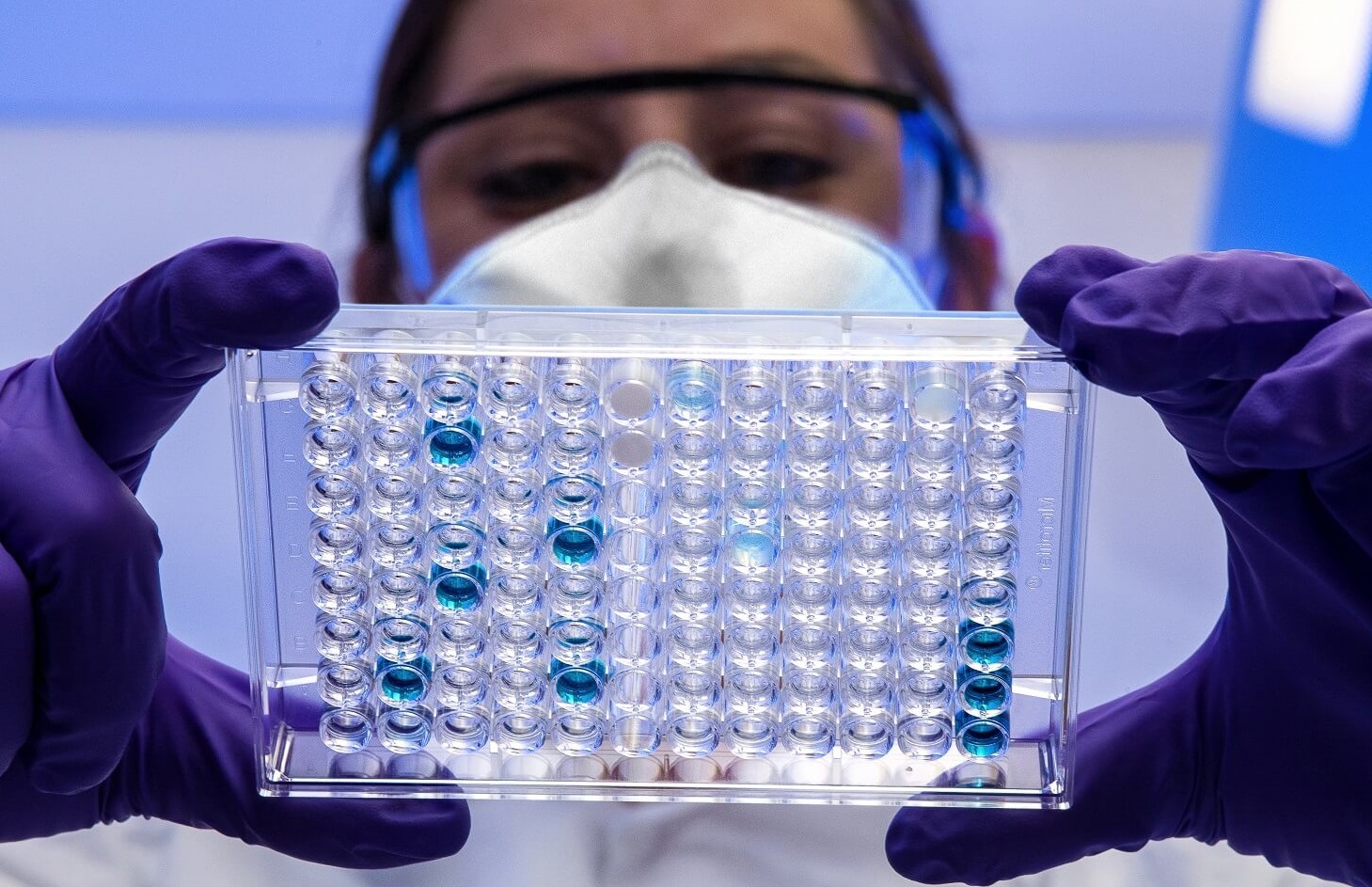These days, Candida feels more like folklore than science. If it’s affecting so many people, why don’t primary care doctors diagnose or treat it as much as people talk about it? Is Candida a healthy part of the microbiome? If so, what signifies an overgrowth? And will clearing this up really help me take back control of my health?
While this is such a massive and complex topic that will require a lot more attention, in this blog post, I want to dive into research done by one very important figure –Dr. Stephen Fry.
Candidiasis – What Is It?
Candidiasis refers to infections caused by the yeast-like fungus, *Candida*. While there are more than 20 different species of *Candida* known, the most common culprit behind human infections is *Candida albicans*. These yeasts naturally reside on our skin and inside our bodies, particularly in the mouth, throat, gut, and vagina, without causing any problems. Issues arise when there’s an overgrowth of these yeasts, leading to infections.
Factors that Influence Candida Overgrowth:
One of the chief culprits behind Candida overgrowth is frequent antibiotic use. While antibiotics target harmful bacteria, they also decimate beneficial bacteria in our gut, creating an imbalance. This disruption provides an opportune environment for fungi like Candida to proliferate unchecked. Without the usual bacterial competitors to keep them in balance, Candida can overgrow, leading to various health issues. While there are many other reasons for the rise of fungal overgrowth, namely environmental toxicity, sugar/carbohydrate consumption, immunosuppresion, stress, –the research points toward antibiotic usage as playing a key role in our collective ecology.
Dr. Stephen Fry’s Perspectives on Candida:
Dr. Stephen Fry has brought interesting viewpoints on Candida. He suggests that certain strains of Candida might form biofilms, which are protective matrices these organisms create to shield themselves from hostile environments, including our immune system and certain medications. “These biofilms may play a role in chronic symptoms and may explain why some individuals suffer recurrent or persistent symptoms despite treatment.”
The Prostate and Cardiovascular System:
One of the more groundbreaking assertions from Dr. Stephen Fry concerns the possible link between Candida and issues beyond the commonly discussed infections. He delves into how Candida could be associated with prostate problems and cardiovascular disease. “Fry’s studies have identified Candida biofilms in prostate tissue, suggesting that chronic prostatitis, which is inflammation of the prostate gland, could be related to this yeast’s overgrowth.” Such a connection would revolutionize our understanding and potentially alter the therapeutic approaches to these conditions. Furthermore, his research has hinted at a correlation between Candida’s presence in the bloodstream and cardiovascular diseases. The biofilms created by Candida might lead to inflammation in the blood vessels, promoting atherosclerosis, a major precursor to various cardiovascular diseases. While these findings are still being debated and require further investigation, they underline the potential vast impact of Candida on multiple health fronts and highlight the significance of maintaining a balanced microbiome.

